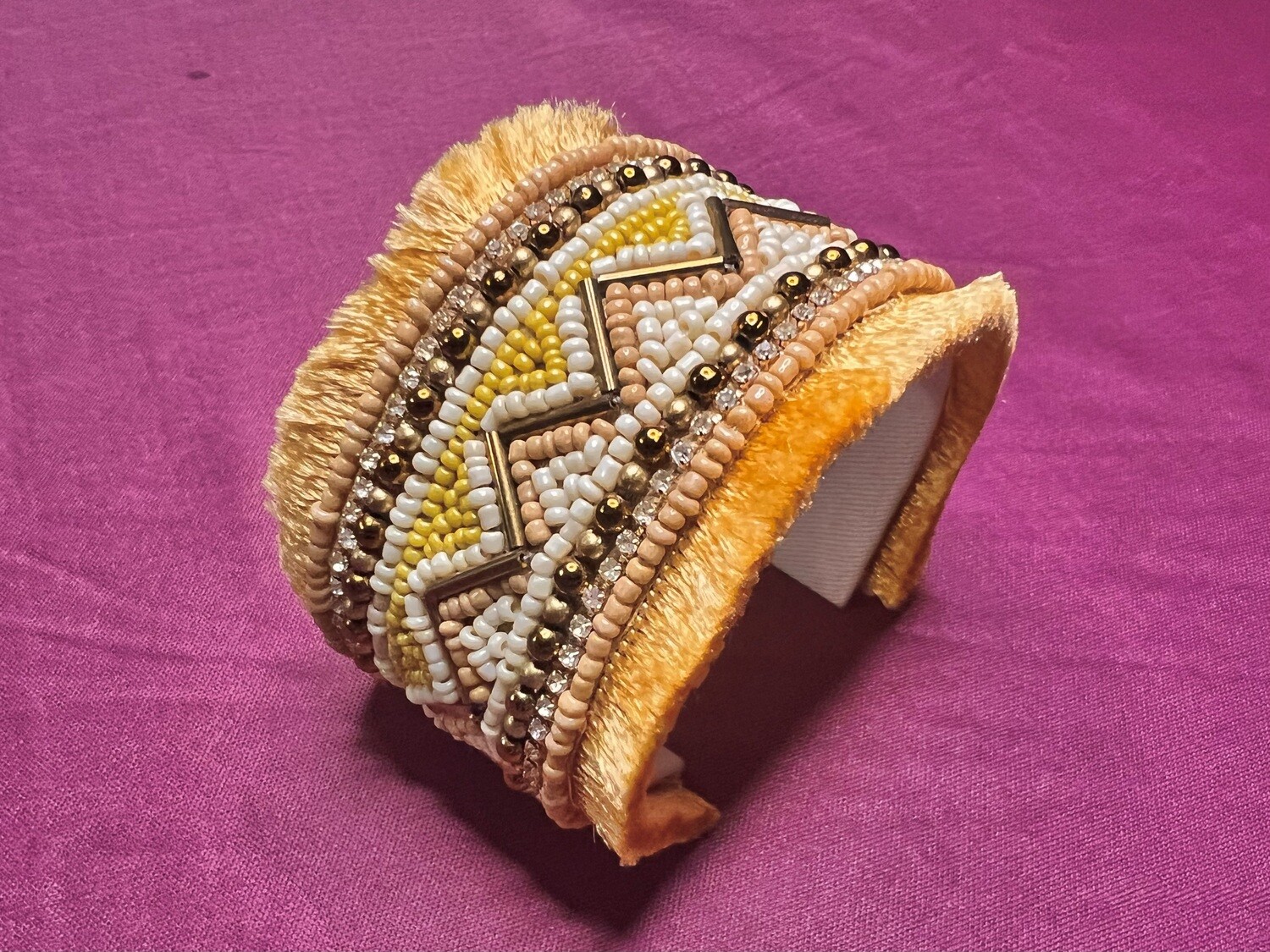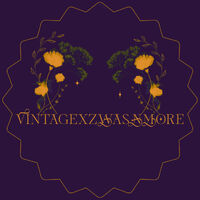Silk Thread Beaded Bangle
The rich and enchanting history of bangles begins on the Indian Subcontinent, and takes us back to ancient times. Bangles, traditionally known as rigid bracelets, hold a special place in the hearts of women across the Indian subcontinent, Southeastern Asia, the Arabian Peninsula, and Africa. As we share the history, you will discover that these beautiful adornments have a story to tell.
Through excavations at various archaeological sites across the Indian subcontinent, they have unearthed bangles crafted from a mesmerizing array of materials including sea shell, copper, bronze, gold, agate, chalcedony, and more. Ours is what is known as a “Silk Thread Bangle” popular in India mainly, the silk fabric is stretched over either a metal or plastic piece, after which starts the process of adding the woven beads and rhinestones each done by hand with unique varying designs.
One remarkable find that captures the essence of the ancient tradition of this jewelry, is a figurine of a dancing girl adorned with bangles on her left arm. This artifact was discovered at the Mohenjo-daro archaeological site in present-day Pakistan, offering us a glimpse into a civilization that thrived as far back as 2600 BC.
The beauty of bangles lies not only in their detailed craftsmanship but also in the stories they carry. Each one holds within it, a connection to the ancient civilizations that once thrived in these lands. When one wears a bangle, you become a part of a rich tapestry of cultures and traditions, embracing the legacy of our ancient human ancestors.
There delicate tinkling sounds add a touch of elegance to an ensemble, and in India, given a bangles color, can symbolize anything from (Green) Luck & Fertility to like our bangle (Orange) Success.
Now, the next time you admire the shimmering bangles adorning a woman's wrist, remember the magical journey they have taken. From the ancient sea shells to today’s intricate metalwork, their impact on our world still lives and has become an integral part of humanity’s cultural heritage. Not just fashion, but a statement of feminine grace and a testament of how women’s fashion is an art form of self-expression.

